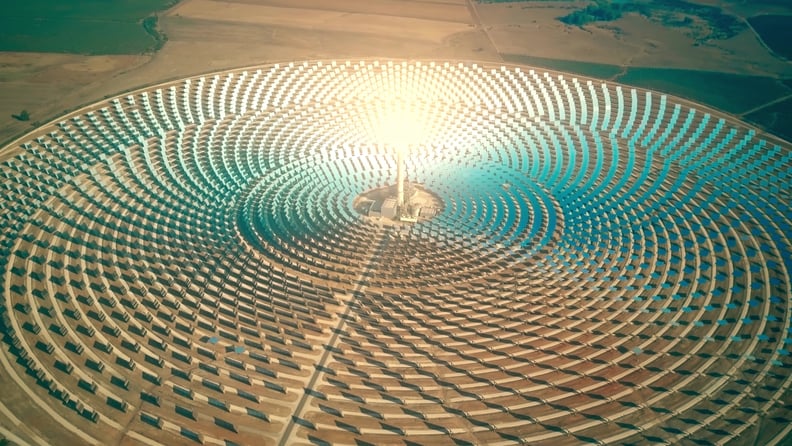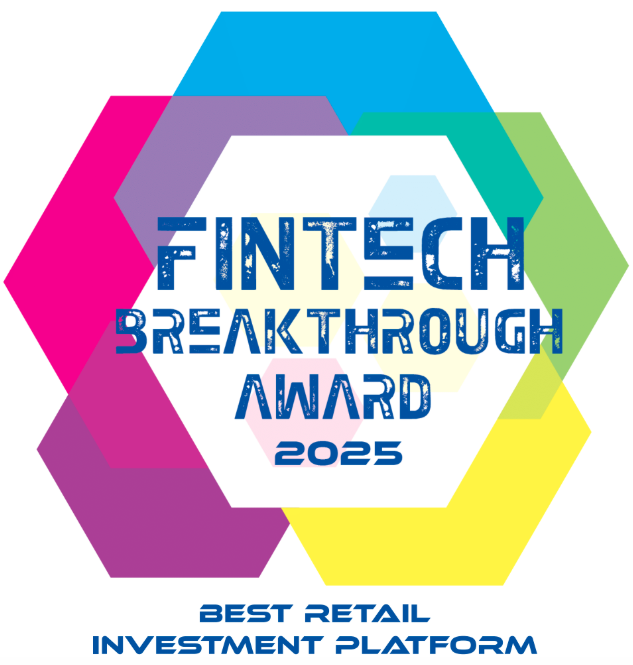Green energy refers to renewable sources of energy that are considered to be environmentally friendly and sustainable, such as solar, wind, hydro, fuel cells, and nuclear fusion power. As the demand for green energy continues to amplify, these alternative energy sources are likely to experience significant growth and innovation in the coming years.
Key Alternative Energy Sources You Need to Know
Each of these alternative energy sources have their own unique advantages and challenges, and play an important role in the global transition to a more sustainable and low-carbon economy.
- Solar Energy: Solar energy is produced by capturing the energy of sunlight using photovoltaic (PV) cells. Solar panels are used to convert sunlight into electricity, which can be used to power homes and businesses.
- Wind Energy: Wind energy is produced by using wind turbines to capture the kinetic energy of the wind and convert it into electricity. Wind turbines are typically installed in windy areas such as coastal regions and open plains.
- Fuel Cells: Fuel cells produce electricity by combining hydrogen and oxygen to produce water and electricity. Fuel cells can be used in vehicles, homes, and businesses to produce clean and efficient energy.
These sources of energy produce little to no greenhouse gas emissions and have a much lower environmental impact than traditional fossil fuels, which makes them an attractive investment opportunity for many investors.
Now, one of the key sectors that has been all over the news recently - Nuclear Fusion.
The Future is Fusion
Nuclear fusion is the process of combining two atomic nuclei to form a heavier nucleus, and releasing energy in the process. The energy produced by nuclear fusion is much greater than the energy produced by burning fossil fuels or even by nuclear fission1. This process could provide a nearly unlimited source of clean energy without producing greenhouse gas emissions or hazardous waste.
While that sounds intriguing, there’s a reason why nuclear fusion as an energy source has been “ten years away for the last 50 years”. The nuclear fusion process requires a high temperature and pressure environment that is difficult to create and sustain, which is why achieving energy-neutral nuclear fusion has proven to be extremely challenging in the past.
That is until scientists at the Lawrence Livermore National Laboratory (LLNL) achieved fusion ignition in December of 2022. For the first time in history, the energy used to produce nuclear fusion was equivalent to the energy output released by the process. This is a revolutionary achievement as it paves the way for nuclear fusion to be successfully developed and commercialized for potential scalable use.
There are still numerous technical and economic difficulties that need to be overcome before nuclear fusion can become a viable long term source of energy, but that energy source is closer to coming to fruition than ever before.
Private Market Investment Trends in Green Energy
There has been a significant increase in the amount of venture capital and private equity funding going into green energy startups over the past decade. According to data from Bloomberg New Energy Finance, global investments in clean energy companies reached a record high of $1.1 trillion in 2022, with much of that funding going to private companies2.
The report highlighted that it was “the first time that global energy transition investment has matched fossil fuel investment, and [this] comes despite fossil investment growth triggered by last year’s energy crisis.”
This investment pattern is seen specifically in the U.S. as well. Per Forbes, “private investment in renewables in the U.S. reached a record high of $10 billion in 2022, investment levels that Deloitte forecasts are expected to continue into 2023 as investors are attracted by transparent and predictable returns on mature technologies that are backed by the IRA’s 10-year tax credits.”3 The recently passed Inflation Reduction Act (which we will discuss below) further supports the administration’s focus and drives private investment interest in green energy.
Nuclear fusion and fission in particular have seen some keen interest. Per Crunchbase’s analysis, these companies have pulled in “over $3.4 billion [just in] this past year”4.
Why is this space attractive?
One reason for this investment trend is the growing demand for renewable energy and the increasing recognition of the environmental and economic benefits of transitioning to a low-carbon economy.
Governments, corporations and consumers around the world are becoming more committed to reducing carbon emissions and investing in renewable energy, creating opportunities for private companies to develop and commercialize new green energy technologies. In fact, the Inflation Reduction Act, which was signed into law in August 2022, also offers a slew of benefits and advantages for companies operating in the green energy space. The law has been effective in “authorizing billions in spending and tax credits for renewable energy and electric vehicles. Additionally, the law gives a boost to development of nuclear fusion technology.”5 Government tax credits and investments in the green energy space further bolster the profitability and prospects of companies operating in this industry.
In addition, the declining costs of renewable energy technologies, such as solar and wind power, are making them more attractive to investors. As the cost of producing renewable energy continues to fall, the potential return on investment in green energy companies is becoming more attractive, making these investments more competitive with traditional energy investments.
The Private Companies You Should Know
- TAE Technologies is aiming to develop a safe, affordable source of commercial fusion power. The company's core mission is to create a new source of clean energy – one that’s powered through the fusion of boron and hydrogen, two readily available elements.
- Commonwealth Fusion Systems (CFS) is on track to bring fusion energy technology to market. CFS was spun out of MIT and is collaborating with MIT's Plasma Science and Fusion Center to leverage decades of research combined with the innovation and speed of the private sector.
- Aurora Solar develops solar industry software. It develops cloud-based software that enables solar PV engineering design, provides workflow management functionality, and facilitates sales and customer acquisition for solar installers and financiers.
- Mosaic is a solar finance company that provides financing for residential solar systems. Mosaic's vision, 100% clean energy for all, embodies the desire to create shared prosperity through clean energy and to help millions of people invest in themselves, their homes and the future of the planet.
- Form Energy develops and commercializes a low-cost battery system that can store wind and solar energy for a long duration.
These are just a few examples among many other companies that are working to develop new and innovative green energy technologies.
Green energy is vital because it offers a sustainable solution to the environmental and economic challenges we face today. The world is currently facing a rising demand for energy, a constant dependence on finite fossil fuels, and the urgent need to reduce greenhouse gas emissions to mitigate the impacts of climate change.
Green energy provides an answer to these challenges and offers a way forward towards a more sustainable future. As individuals and investors, we can make a difference by choosing to support green energy initiatives and investing in sustainable technologies.
Ready to change the world for the better? Check out our listings page to see green energy companies that you can invest in.
Sources
- Department of Energy. N/A
- Bloomberg New Energy Finance. January 2023
- Forbes. December 2022
- Crunchbase. August 2022
- Forbes. August 2022







